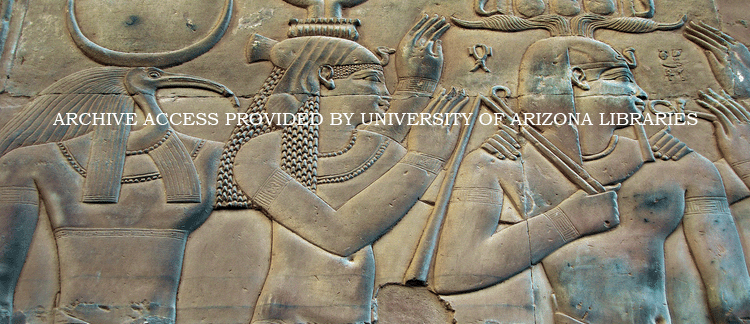Abstract
The long-lasting Egyptian-Levantine interactions reached a climax in the Southern Levant during the Late Bronze IIB (the Ramesside age). Temples and temple paraphernalia at the hubs of the Egyptian presence in Canaan assumed a primary role in the transcultural encounter between local Canaanites and stationing Egyptians, consistent with their function of assuring communities’ identity and cohesion through the set of cultic objects and performed rituals, and of conveying cultural messages among the forms of material culture. Selected Egyptian facets were incorporated in the architectural arrangement and cultic apparatus of Canaanite sanctuaries that Egyptians frequented (at Beth Shan, Lachish, and Jaffa), intermingling with and renovating local traditions and resulting in a strong mixture of Canaanite and Egyptian traits. This indicates a main way through which the meeting, mixing, and cultural negotiation between Canaanites and the foreign dominating power acted in LB IIB southern Levant, and demonstrates a gradual, successful process of intercultural dialogue and inclusion (of Egyptians within the indigenous cultural and social world), which took place in these south-Levantine communities.
How to Cite
Sala, M. & Tucci, G., (2019) “Egyptian Worshippers in Canaanite Sanctuaries: Cultural Negotiation in Temples and Paraphernalia from the LB IIB–IA IA Southern Levant”, Journal of Ancient Egyptian Interconnections 21(1), 48-67.
424
Views
139
Downloads
